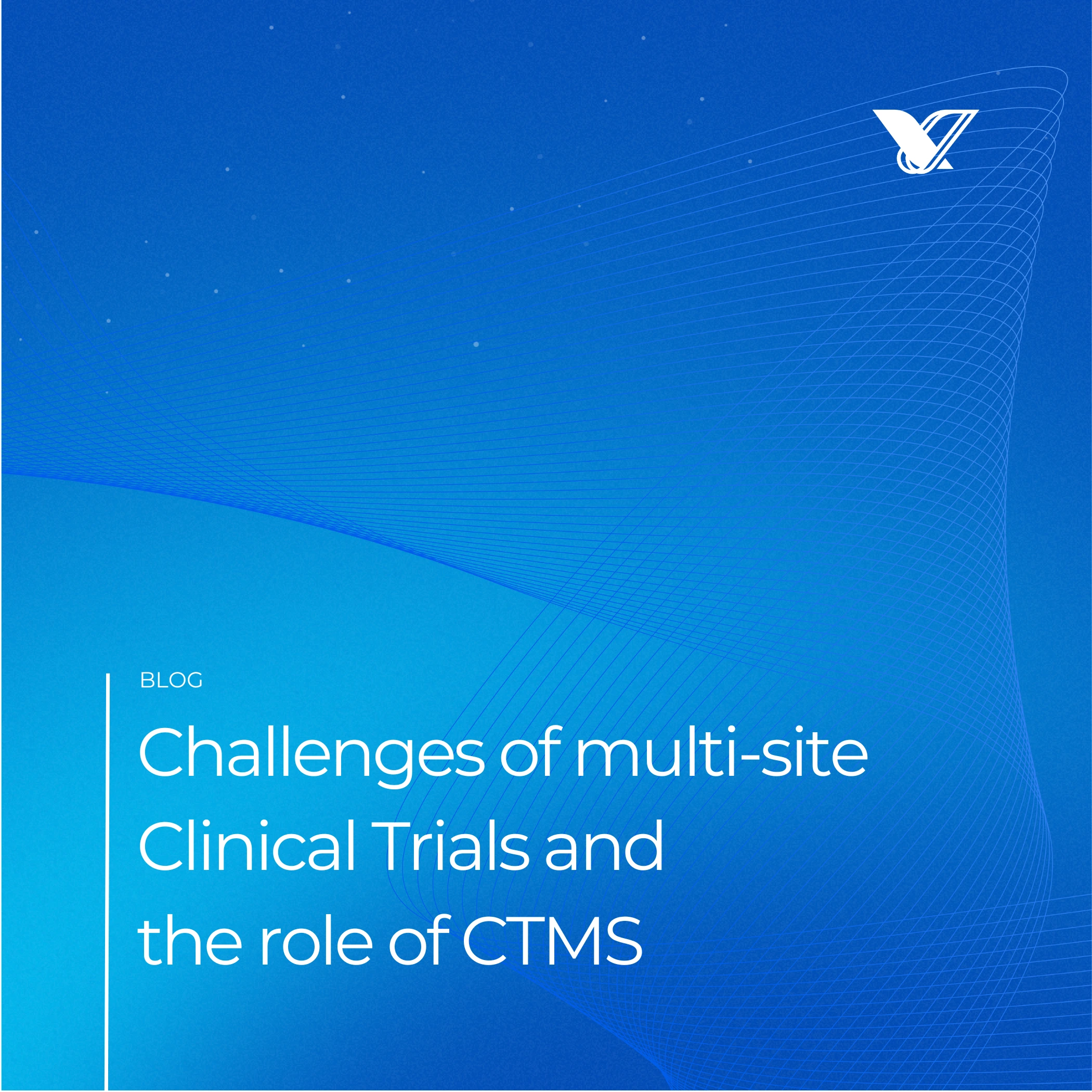Bringing science and humanity: How systems thinking should shape clinical trial execution
.webp)
Smart Trial Management Systems (STMS) are designed to address this challenge directly. By embedding real-time validation, structured workflows, and automated tracking into daily operations, these systems help reduce the potential for errors at scale, improving data quality and supporting regulatory confidence.
The Operational Risks of Scale
Manual workflows are particularly vulnerable under high-volume conditions. Even well-trained teams can encounter challenges when navigating repetitive tasks, multiple protocols, or fast-shifting timelines. Among the more common sources of error:
- Data transcription between non-integrated systems
- Misinterpretation of protocol details
- Sample handling without robust traceability
- Inconsistencies in documentation across collaborators
- Unnoticed deviations due to workload pressure
While often unintended, such issues can lead to corrective actions, increased review cycles, or delays in submission timelines. More critically, errors that go unnoticed may affect study conclusions or downstream decisions.
STMS as a Risk Mitigation Tool
Smart Trial Management Systems are structured to anticipate and prevent these risks, not just react to them. Their core advantage lies in aligning process automation with scientific accuracy.
Intelligent Data Validation
Instead of relying solely on retrospective data cleaning, STMS platforms validate entries as they occur. Context-aware rules, anomaly detection, and reference thresholds help flag atypical values during input, allowing early resolution and ensuring the integrity of each data point.
End-to-End Sample Traceability
Modern STMS platforms support barcode or RFID integration to track samples throughout their lifecycle. This includes confirmation at critical control points, expiration management, and audit trails for chain of custody, minimizing risk in environments handling thousands of samples daily.
Workflow Structuring
Task dependencies, protocol-specific checklists, and built-in timing logic help align team activity with study plans. Rather than relying on memory or manual sequencing, researchers are guided step by step, ensuring consistency even in high-turnover or multi-site teams.
Ongoing Compliance Oversight
Continuous protocol alignment is built into the system logic. Deviations are recorded and timestamped, allowing for timely follow-up and minimizing surprises during inspections or regulatory submissions.
Impact in High-Throughput Settings
The effect of these capabilities is cumulative. Organizations operating in high-throughput models report:
- Lower incidence of preventable protocol deviations
- Improved consistency across study sites
- Greater audit readiness due to system-generated records
- Fewer re-runs or repeat tests due to avoidable errors
One organization transitioning from a hybrid (paper-digital) environment to a full STMS reported a 65% reduction in data corrections within the first six months, largely attributable to validation rules and standardized workflows.
Implementation in Practice
Deploying STMS in high-throughput environments is not without its requirements. Key considerations include:
- System validation and risk assessment to ensure reliability of automation
- User onboarding strategies to promote adoption and adherence
- Integration mapping with existing data sources and laboratory systems
- Scalability planning, particularly for global or multi-functional teams
When implemented in phases, starting with high-risk workflows, STMS adoption can yield early process improvements and lay the foundation for broader digital transformation.
Looking Ahead
The next generation of smart systems is increasingly focused on adaptability. Capabilities such as predictive analytics, voice-guided task execution, and semantic understanding of protocol documentation are emerging to support more dynamic and decentralized research models.
For organizations navigating complex study pipelines, minimizing operational variability will remain central to research excellence. Smart systems will continue to play a key role in that pursuit, not by replacing scientific judgment, but by creating infrastructure that supports it.
Conclusion
In high-throughput studies, where process efficiency must coexist with scientific rigor, managing human error is a strategic imperative. Smart Trial Management Systems provide the tools and structure needed to reduce variability, strengthen data integrity, and sustain regulatory alignment, all without slowing down operations.
As the pharmaceutical sector continues to scale its discovery and development efforts, systems that can embed quality into everyday workflows will be critical in maintaining both speed and reliability.
More from Vilintra


.webp)


